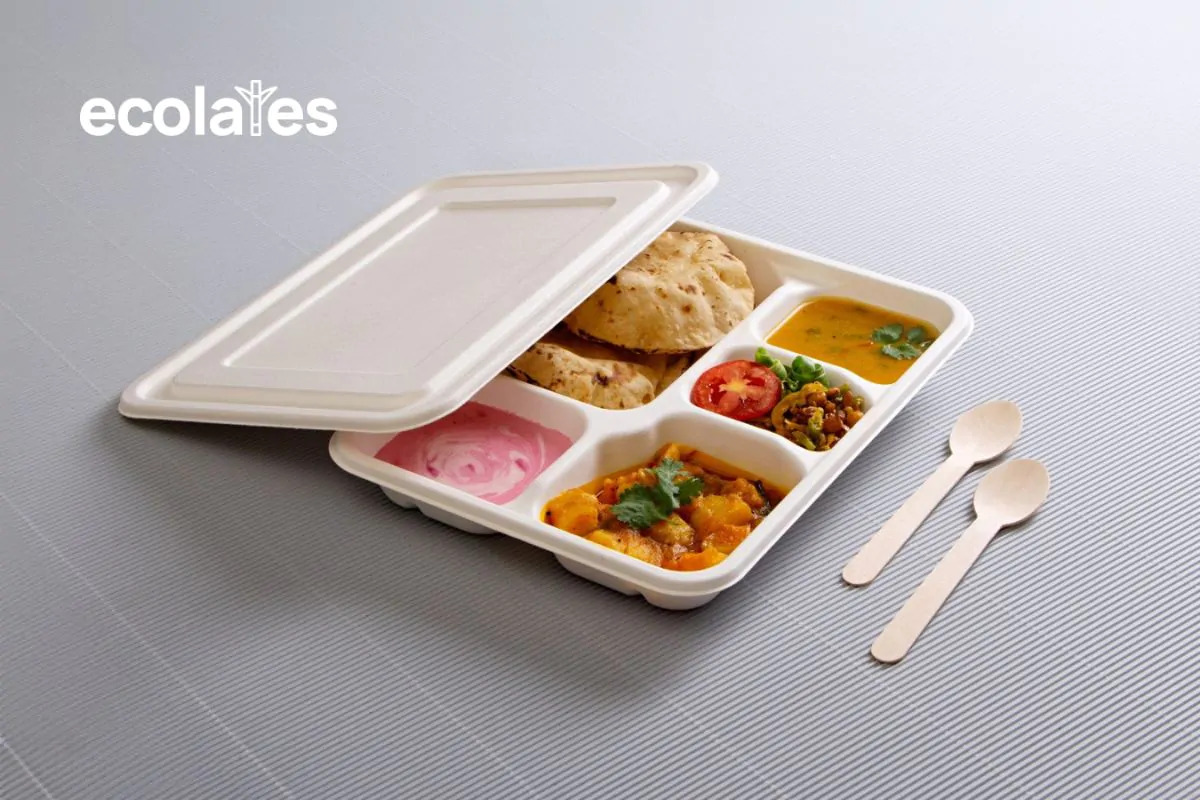Sugarcane, known for its sweet and succulent stalks that yield sugar, also offers a byproduct known as bagasse. Although often overlooked, sugarcane bagasse is a versatile and sustainable resource with various applications across multiple industries. In this article, we will explore the potential of sugarcane bagasse and how it contributes to a more eco-friendly and resourceful world.
What is Sugarcane Bagasse?
Before delving into its applications, let’s understand what sugarcane bagasse is. Sugarcane bagasse is the fibrous residue after sugarcane stalks are crushed to extract their juice. It primarily comprises cellulose, hemicellulose, and lignin, making it an abundant and renewable biomass resource.
The Eco-Friendly Nature of Sugarcane Bagasse
SUGARCANE BAGASSE ICON - ECOLATES
Biodegradability
One of the most significant advantages of sugarcane bagasse is its biodegradability. Unlike synthetic materials, bagasse decomposes naturally, reducing environmental pollution and the burden on landfills.
SUGARCANE BAGASSE ICON - ECOLATES
Renewable Resource
Sugarcane is a perennial crop that regrows after each harvest, ensuring a continuous supply of bagasse. This renewable aspect makes it an attractive alternative to finite resources.
SUGARCANE BAGASSE ICON - ECOLATES
Carbon Neutrality
The carbon footprint of sugarcane bagasse is minimal. As sugarcane grows, it absorbs carbon dioxide from the atmosphere, offsetting emissions produced during its processing.
Applications of Sugarcane Bagasse
Now, let’s explore the diverse applications of sugarcane bagasse across various industries.
SUGARCANE BAGASSE ICON - ECOLATES
Agriculture
Sugarcane bagasse is a valuable organic fertilizer due to its rich carbon content. It enhances soil quality, improves moisture retention, and promotes healthy plant growth.
SUGARCANE BAGASSE ICON - ECOLATES
Pulp and Paper Industry
In the pulp and paper industry, bagasse is used to produce high-quality paper products. Its fibrous composition makes it an excellent raw material for manufacturing paper and cardboard.
SUGARCANE BAGASSE ICON - ECOLATES
Biofuel Production
The cellulose content in sugarcane bagasse makes it an ideal feedstock for biofuel production. It can be converted into bioethanol, reducing our reliance on fossil fuels.
Read More:
https://www.ecolates.com/blog/sugarcane-bagasse-a-sustainable-resource-with-multiple-applications





Comments